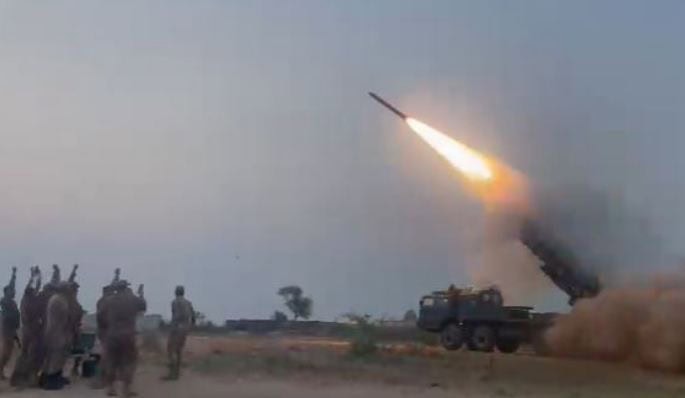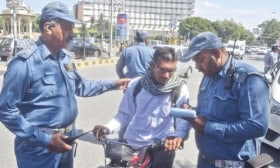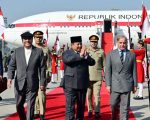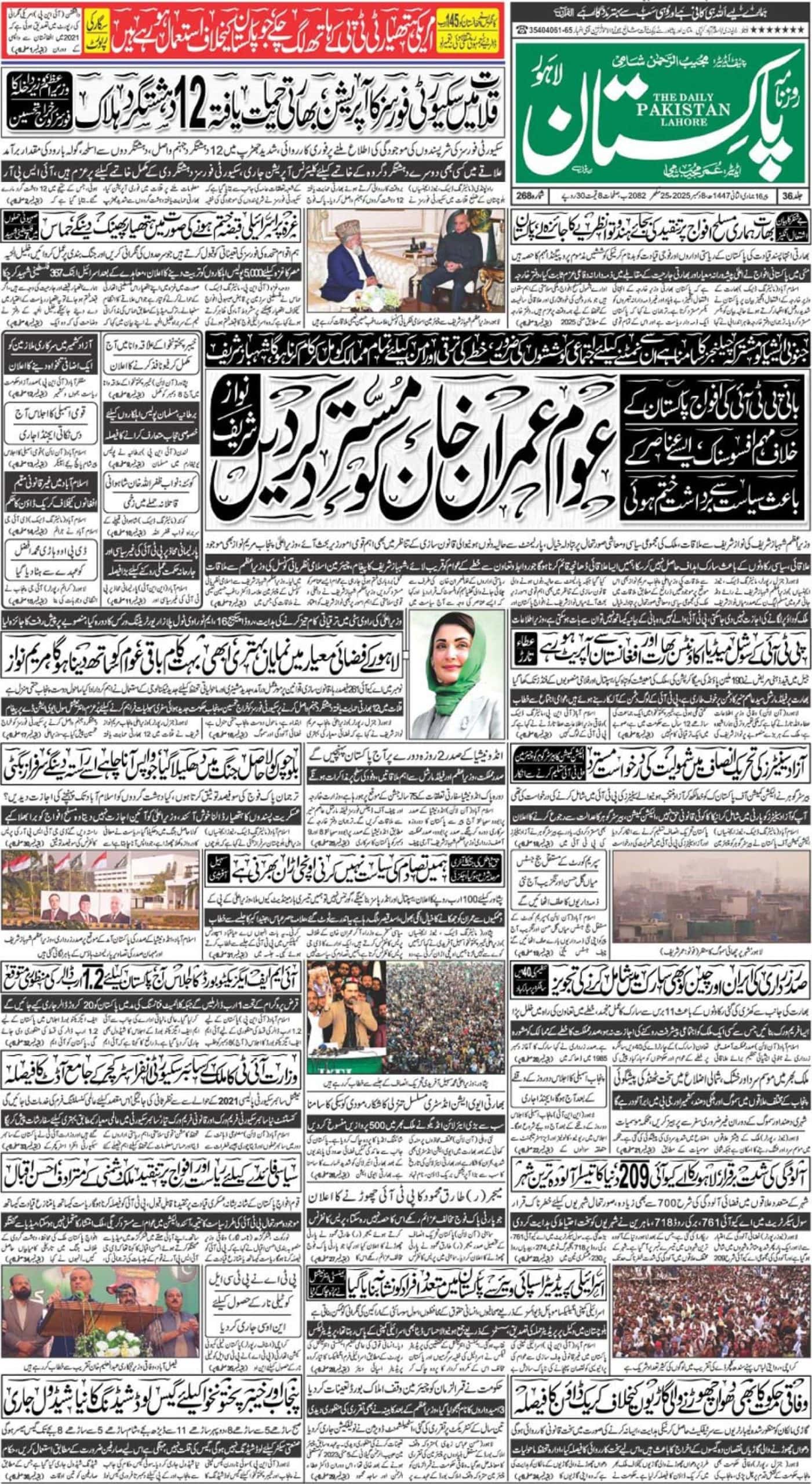Prime Minister Narendra Modi, amidst a rally in Bikaner, Rajasthan—an event with the distinct air of an election campaign—delivered a bombastic announcement of victory for “Operation Sindoor.” This operation, presented as India’s decisive retaliation for the Pahalgam attack, allegedly saw nine terrorist hideouts neutralised and a hundred terrorists “eliminated” in a remarkably swift 22 minutes. Such figures, designed for sensational headlines, immediately invite scrutiny given the Modi administration’s history of leveraging national security narratives for political gain.
At this Bikaner rally, Modi didn’t merely announce an operation; he attempted to redefine India’s strategic posture. His charged pronouncement, “My mind is cool, but my blood runs hot… sindoor flows in my veins,” was framed as a definitive end to “strategic restraint,” signaling that “dossier diplomacy” would no longer suffice. He further claimed a groundbreaking departure by openly equating Pakistan’s “state and non-state actors,” supposedly collapsing a “diplomatic fiction.” Finally, Modi declared India unbound by the West’s Mutually Assured Destruction (MAD) deterrence doctrine, asserting it would no longer “suffocate” India’s armed forces from countering “nuclear blackmail.”
However, these grand declarations crumble under critical examination when juxtaposed with the available information—or lack thereof—regarding “Operation Sindoor” itself. The fiery rhetoric about “sindoor in veins” and the jettisoning of “strategic restraint” appears less like a strategic shift and more like performative jingoism if its flagship example, “Operation Sindoor,” is built on unsubstantiated claims. If “dossier diplomacy” is inadequate, the question remains: what credible evidence validates “Operation Sindoor” as a more effective, fact-based alternative beyond self-congratulatory pronouncements?
Modi’s assertion of being the first to expose the alleged unity of Pakistan’s state and non-state actors is a disingenuous rewriting of history; this has been a consistent, albeit often unproven, Indian accusation for decades. To present this as a novel insight serves primarily to bolster his strongman image rather than offer any new strategic clarity or actionable intelligence. It is a familiar trope, redeployed for electoral optics.
Perhaps most alarming is Modi’s cavalier dismissal of the MAD doctrine. In a nuclearized subcontinent, framing established nuclear deterrence principles as an impediment to conventional military action is not a sign of strength but a potential indicator of a reckless disregard for catastrophic escalatory risks. Such posturing, seemingly aimed at domestic applause, dangerously flirts with regional instability.
The core issue remains the “Operation Sindoor” claims. Independent reports, interpretations of satellite imagery, and Pakistani accounts starkly contradict the Indian government’s narrative. They point not to obliterated terrorist compounds, but to a mosque being hit, with civilian casualties—including women and children—rather than militants. The figure of “thirty-two names,” individuals with no demonstrable links to terror, starkly contrasts Modi’s “one hundred terrorists eliminated.” The Indian government’s persistent failure to provide any verifiable details about these alleged terrorists—no names, no photos, no affiliations—speaks volumes. Instead, the public is fed images of Modi in army fatigues on billboards, a clear nod to the impending Bihar elections, suggesting the operation’s true target may have been the Indian voter.
This aggressive narrative is further undermined by inconvenient facts the Modi administration prefers to ignore: the loss of six Indian jets in recent years, including during the controversial Balakot incident, contrasting sharply with Pakistan’s claim of zero losses in those encounters. Such realities puncture the myth of unfailing military prowess often projected.
Ultimately, “Operation Sindoor” and the accompanying rhetoric from Bikaner appear less a testament to national security prowess and more a cynical exercise in political theatre. There’s something deeply unsettling, even a little heartbreaking, to see ‘Sindoor’—a symbol that holds such sacred meaning for so many—apparently twisted and used as a bargaining chip in what feels like a game to win votes. When you peel back the layers of official pronouncements, what emerges isn’t a picture of India boldly changing how it keeps its people safe. Instead, it feels more like a desperate effort to paint a picture of triumph and unshakeable will, cooked up mainly to impress people back home, almost as if the real facts, or the truly frightening dangers this could unleash in the region, just don’t matter as much. And in all this political theatre, the simple, unvarnished truth? It feels like it’s been quietly lost, sacrificed at the altar of campaign speeches.














